The College of Cardinals has officially announced that the conclave to elect the 267th pope will commence on May 7, following the death and burial of Pope Francis.
The announcement was made on Monday, April 28, after a General Congregation meeting at the Vatican, marking the beginning of the final phase in selecting the next leader of the Catholic Church.

The conclave will take place in the historic Sistine Chapel, where 134 cardinal electors under the age of 80 will cast their votes beneath Michelangelo’s iconic frescoes.
In keeping with centuries-old tradition, the cardinals will first celebrate the Mass for the Election of the Roman Pontiff at St. Peter’s Basilica. They will then proceed in solemn procession to the Sistine Chapel, chanting Veni Creator Spiritus to invoke the guidance of the Holy Spirit.
Upon entering the chapel, each cardinal will swear an oath of secrecy and vote independently for the individual they believe best suited to lead the Church. Once voting begins, the chapel doors will be sealed until a new pope is chosen. A two-thirds majority—at least 90 votes—is required to elect the next pontiff.
Vatican officials report that nearly all eligible electors have already arrived in Rome, with the remaining few expected in the coming days.
The May 7 start falls within the traditional 15 to 20-day window following a pope’s death, accommodating the nine-day novendiales mourning period and allowing time for cardinals to travel from around the world.
The world will watch for the iconic chimney smoke: black for no decision, white for a new pope. The conclave comes after Pope Francis dramatically reshaped the College of Cardinals, appointing 108 of the 134 electors and expanding global representation, particularly from regions previously underrepresented in papal elections.
Cardinal Giovanni Battista Re, dean of the College of Cardinals, will preside over the proceedings in what is expected to be one of the most globally diverse conclaves in Church history.



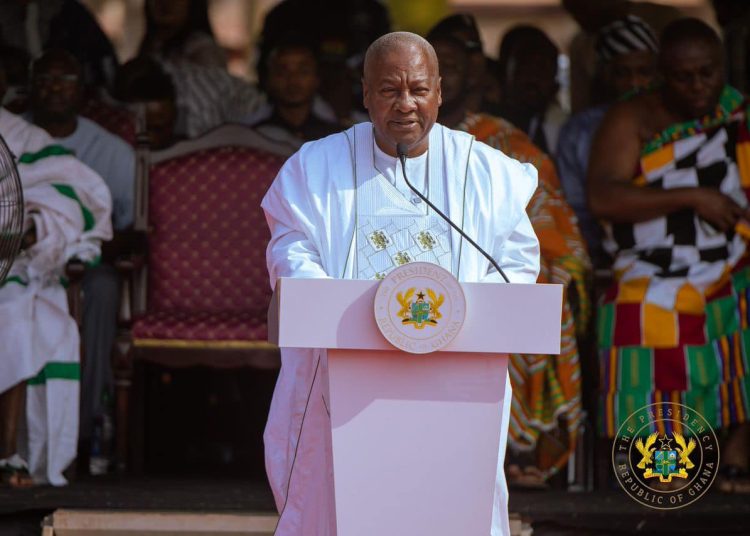










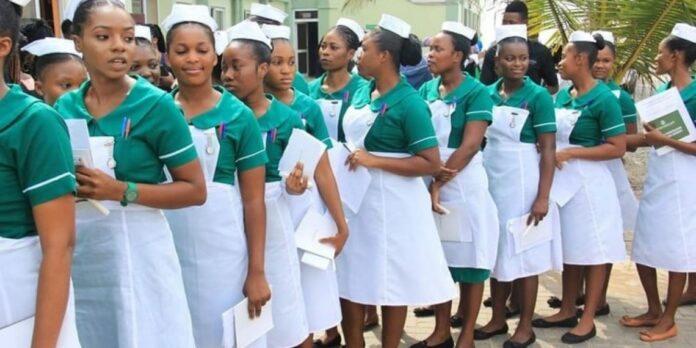



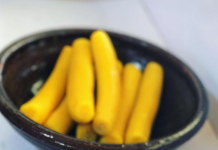























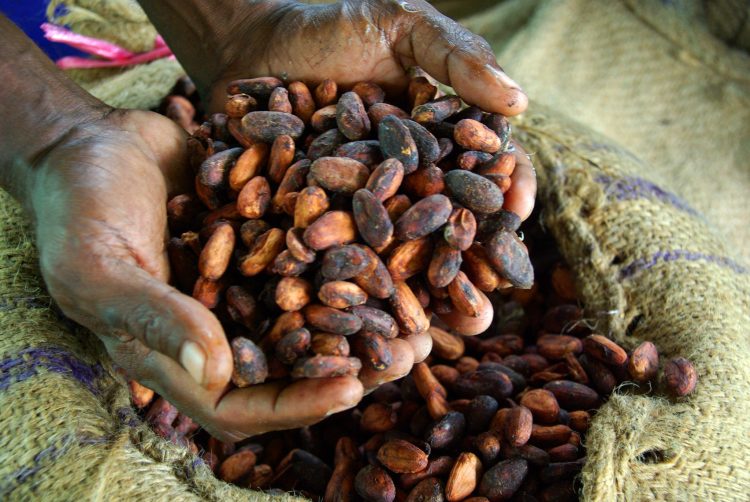









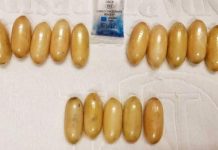


![[FREE FREE MONEY] Predict and Win a Guaranteed GH¢200 From Us EVERY WEEK](https://wordpress.ghanatalksradio.com/wp-content/uploads/2022/02/Predict-and-Win-Final-09-03-2021-218x150.jpg)
![[Predict & Win – 8th/Oct.] WIN A Guaranteed ¢200 From Us This Week](https://wordpress.ghanatalksradio.com/wp-content/uploads/2021/10/maxresdefault-16-218x150.jpg)
![[Predict & Win – 2nd] WIN A Guaranteed ¢200 From Us This Week](https://wordpress.ghanatalksradio.com/wp-content/uploads/2021/09/maxresdefault-50-218x150.jpg)
![[Predict & Win – 25th] WIN A Guaranteed ¢200 From Us This Week](https://wordpress.ghanatalksradio.com/wp-content/uploads/2021/09/maxresdefault-36-218x150.jpg)
![[Predict & Win – 18th] WIN A Guaranteed ¢200 From Us This Week](https://wordpress.ghanatalksradio.com/wp-content/uploads/2021/09/maxresdefault-23-218x150.jpg)








![[National cathedral] See full list of churches that have contributed since 2018](https://wordpress.ghanatalksradio.com/wp-content/uploads/2020/09/Ghana-National-Cathedral-GhanaTalksRadio-100x70.jpg)



